Category: Treatments
-
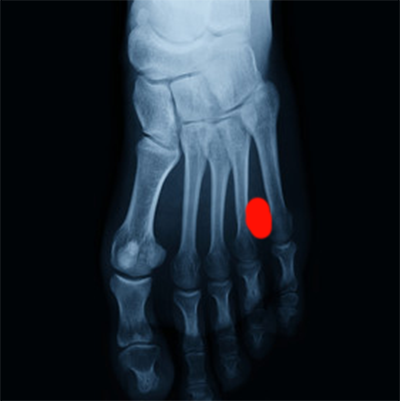
Foot Bursitis
This is treatment to an anatomical bursa between the 4th and 5th metatarsals (as can be seen below). (Anatomical means normally present, not an adventitious bursa, as can often be seen at the metatarsal heads, which are only present because of a problem.) The most common cause of bursitis in this area is forced over pronation. Extracorporeal shockwave…
-
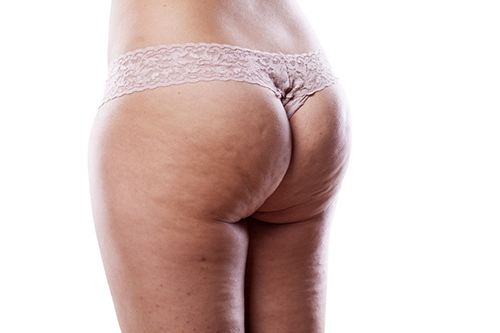
Cellulite
Cellulite (medical name gynoid lipodystrophy) is found in 85% of post-adolescent women (Rossi & Vergnanini 2000, Avram 2004, Khan et al. 2010, de la Casa Almeida 2013). Cellulite is normally categorised into 3 grades (4 if you include no cellulite). The grades are important as several studies have shown patients can normally be improved by 1 grade…
-
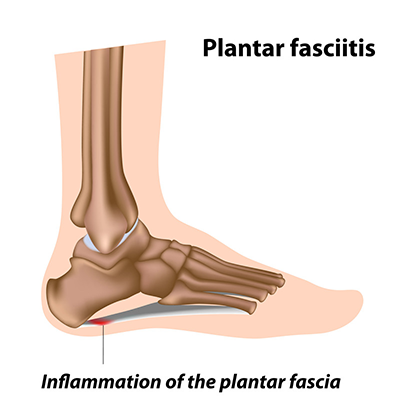
Plantar Fasciitis
Plantar fasciitis (also known as plantar fasciopathy or jogger’s heel) is a common painful disorder affecting the heel and underside of the foot. It can progress to bony heel spur if the problem is longstanding and at the origin of the fascia. The plantar fascia is a thick fibrous band of connective tissue that originates from the medial tubercle and…
-
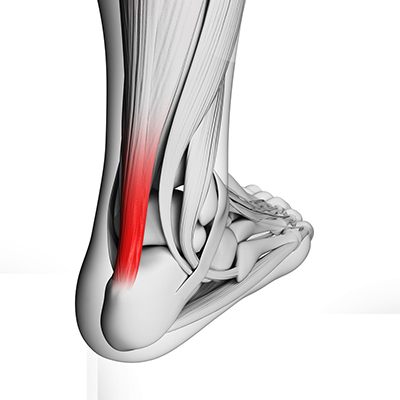
Achilles Tendinopathy
Achilles tendinopathy used to be known as Achilles tendonitis or Achilles tendinitis. In general, ‘itis’ usually refers to inflammation, so tendonitis would mean inflammation of a tendon. However, Achilles tendinopathy is now thought to be a better term to use because it is thought that there is little or no inflammation that causes the problem.…
-

Bony Heel Spur
Bony heel spurs can be either inferior or posterior calcaneal growths of bone usually on a point of pressure. The posterior spur is usually where the Achilles tendon attaches into the calcaneus and the inferior spur is usually as the plantar fascia attaches to the calcaneus. These spurs are normally diagnosed on x-ray and are distinctive…
-

leg / peronei
The peronei muscles (peroneus longus and peroneus brevis) and associated tendons are muscles used to evert or pronate the foot. Their main role is actually control. In this case control of the amount of inversion or supination of the foot. They slow inversion and control position of the foot in space when both non weight bearing and…
-
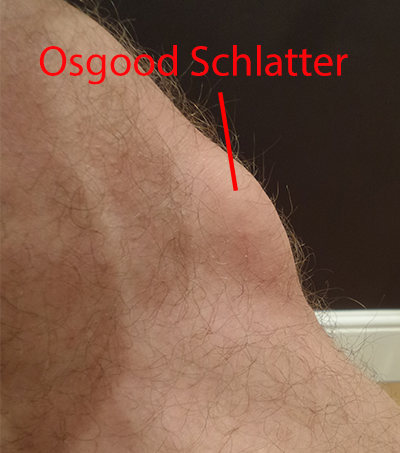
Osgood-Schlatter
Osgood–Schlatter disease (also known as apophysitis of the tibial tubercle or OSD) is an inflammation of the patella tendon at the tibial tuberosity. It is characterised by a painful lump just below the knee and most often develops in young adolescents. The pain only continues during the growth phase and will most often be pain free in adult…
-

Patella Tendinopathy
Patella tendinopathy (patella tendinitis, patella tendinosis, also known as jumper’s knee) is a relatively common cause of pain in the inferior patellar region which commonly occurs in athletes who are involved in jumping sports such as basketball and gymnastics. Patella tendinopathy and extracorporeal shockwave therapy (ESWT) has had quite a bit of scrutiny in the…
-
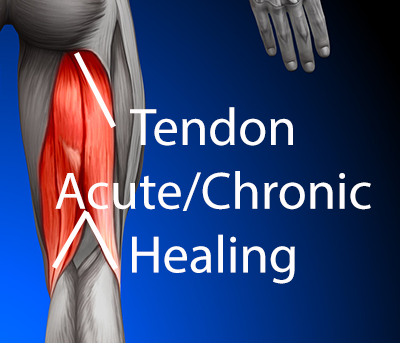
Hamstrings
Treatment of the hamstrings often involves tendon treatment, myofascial release and trigger point therapy all using radial shockwave. Tendon treatment is the same for the hamstring tendons as it is for any other tendon. There are lots of studies investigating the effects of shockwave therapy on tendinopathy. There are three main reasons for using shockwave on hamstring tendons:…
-
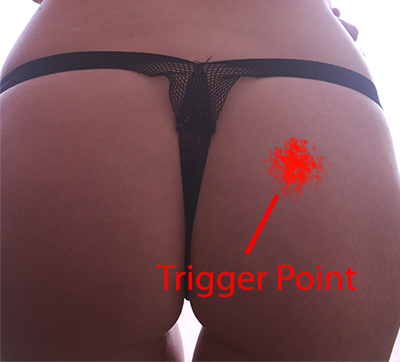
Piriformis Syndrome
This example includes treatment for both myofascial release and trigger point therapy using radial shockwave. The myofascial release is to the glutes and the trigger point therapy is to the piriformis. These areas are often found to be dysfunctional together. Shockwave trigger point therapy uses the concept of mechanical energy separating the fixed actin-myosin links…